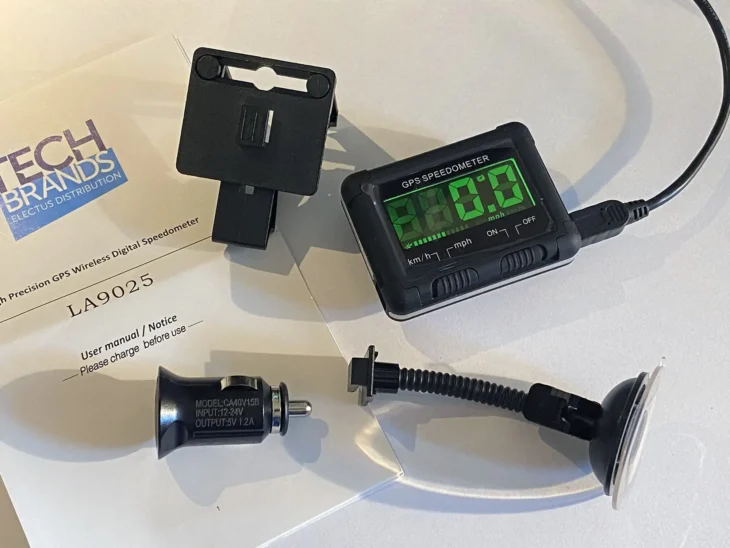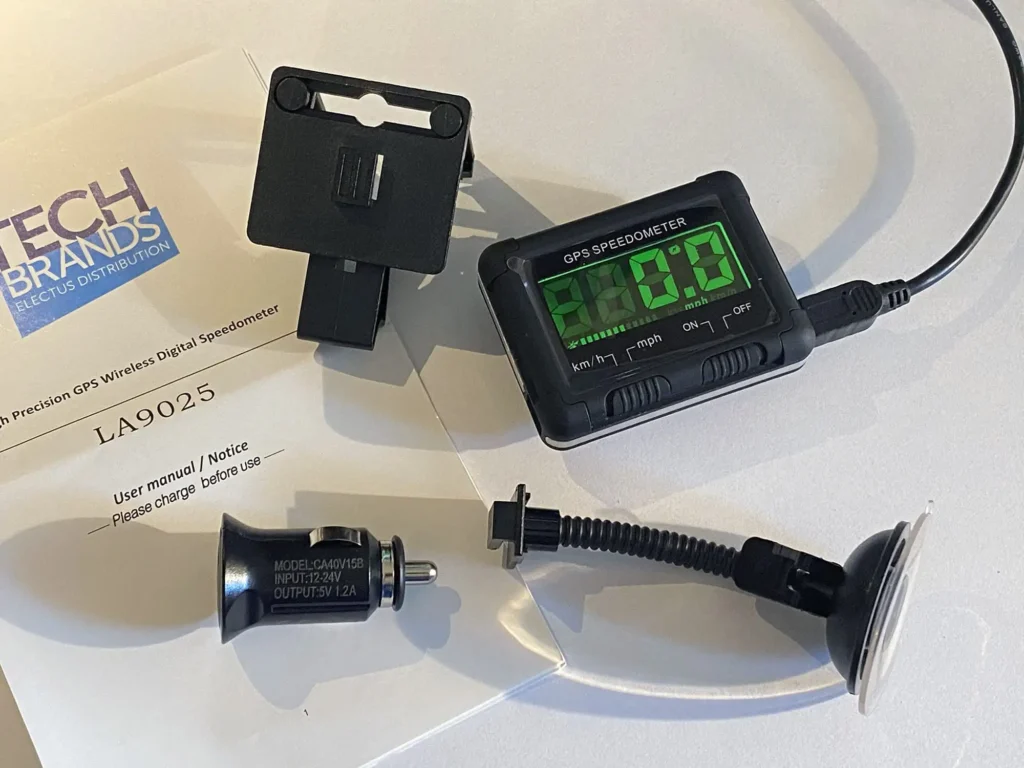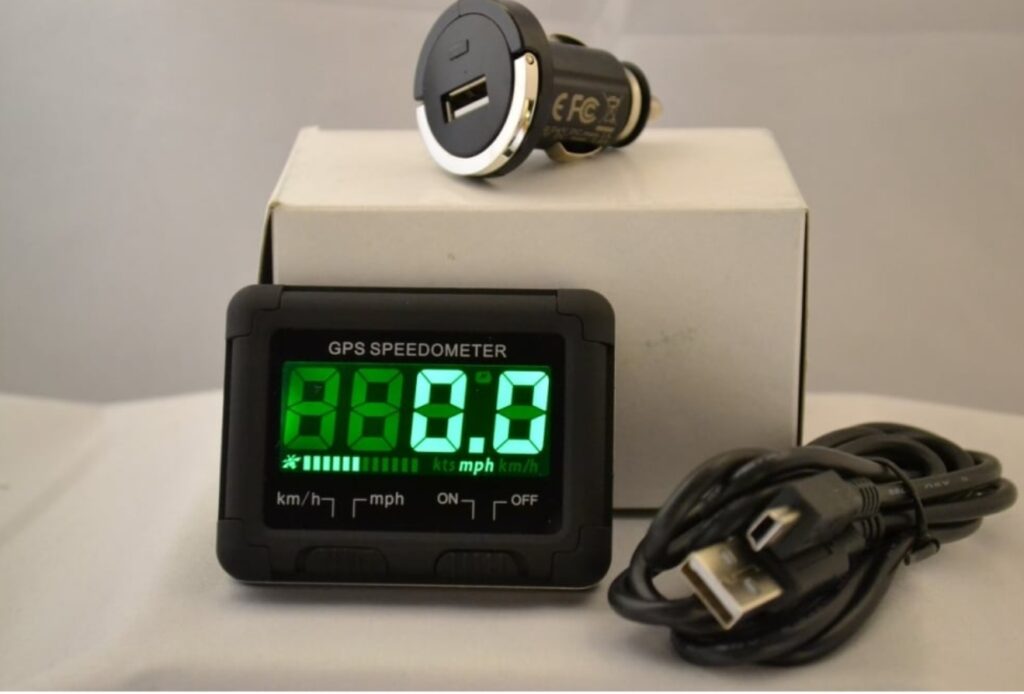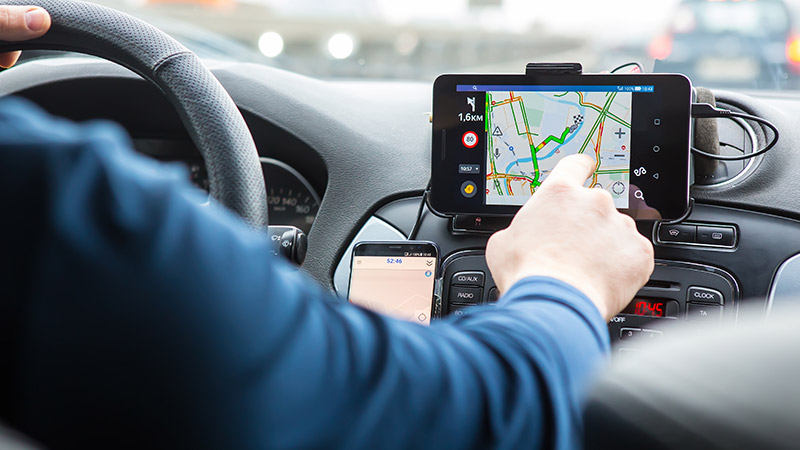
How GPS Speedometers Function: Unraveling the Technology
GPS speedometers are a modern solution for measuring vehicle speed, offering precision and ease that traditional speedometers can’t match. This article explores the inner workings of GPS speedometers, making complex technological concepts accessible to everyone.
The Fundamentals of GPS Speedometers

At the heart lies the Global Positioning System (GPS), a constellation of satellites orbiting Earth. These speedometers harness this system to provide accurate speed data.
Satellite Communication: The Backbone
The continuous connection with several satellites is necessary. They need signals from four distinct satellites at least to determine your exact position. These satellites send out signals all the time, which the GPS receiver in the speedometer picks up and uses to determine your position.
Speed Calculation: From Position to Velocity
The core function is to calculate your speed. It does this by determining how your position changes over time. Unlike traditional speedometers that measure the rotation of a vehicle’s wheels, they calculate speed based on position change, which makes them highly accurate and less susceptible to errors from mechanical issues or modifications to the vehicle.
The superiority of GPS Speedometers

Particularly in a variety of situations, satellite navigation speedometers are the better option due to their exceptional accuracy and flexibility.
Enhanced Accuracy and Consistency
One of the biggest advantages is their accuracy. Traditional speedometers, which are linked to a vehicle’s transmission, can be affected by factors like tire size or changes in the drivetrain. They eliminate these issues by relying on satellite data, ensuring consistent and precise speed readings under all conditions. For those interested in exploring various models and their capabilities, some platforms offer a comprehensive selection, providing an excellent resource for anyone looking to upgrade to a GPS speedometer. One of them is onlinespeedometers.com.
Versatility and Simplicity in Installation
Another significant benefit is their versatility. They can be installed in virtually any vehicle, irrespective of make or model. The installation process is generally straightforward, usually only requiring a power connection and an unobstructed view of the sky to receive satellite signals. This ease of installation, combined with their adaptability, makes them a favored choice for a wide range of vehicles, from classic cars to modern fleets.
The Impact on Driver Safety and Efficiency

The precision and adaptability are matched by their profound influence on driver productivity and safety. Recognising these advantages enables us to see the technology’s wider effects on fleet management and daily driving.
Enhancing Driver Safety
Driver safety is substantially enhanced with GPS speedometers. They lessen the likelihood of speed-related accidents by assisting drivers in maintaining safe speeds through the provision of precise speed data. In addition, many of them include extra capabilities including overspeed alarms that inform drivers when they go over a predetermined speed limit. This instantaneous feedback promotes better driving practices, which is especially helpful in fleet management as keeping an eye on driver behaviour is essential for maintaining safety.
Conclusion: Embracing Advanced Technology
In conclusion, GPS speedometers represent a remarkable technological advancement in the realm of speed measurement. By utilizing satellite technology, they provide highly accurate, reliable, and versatile solutions for speed monitoring. This advancement is not just a leap in technology but also a step towards safer and more efficient driving experiences. Whether for personal vehicles or commercial fleets, GPS speedometers offer a futuristic approach to monitoring speed, blending precision with simplicity in an impressive manner.